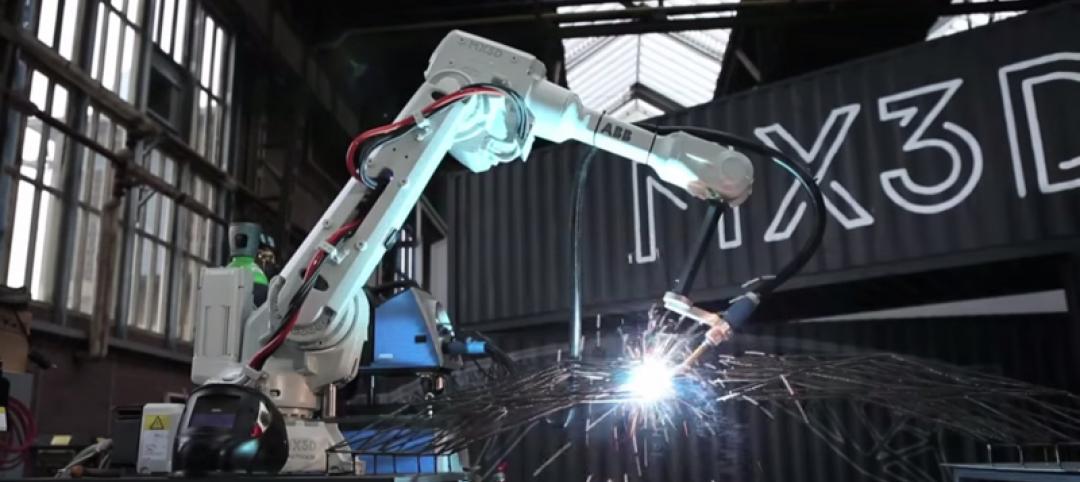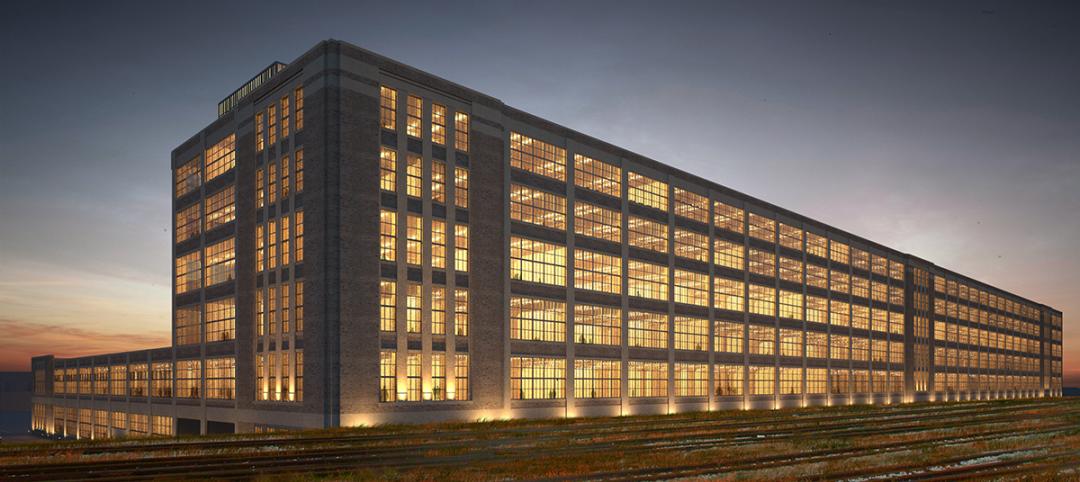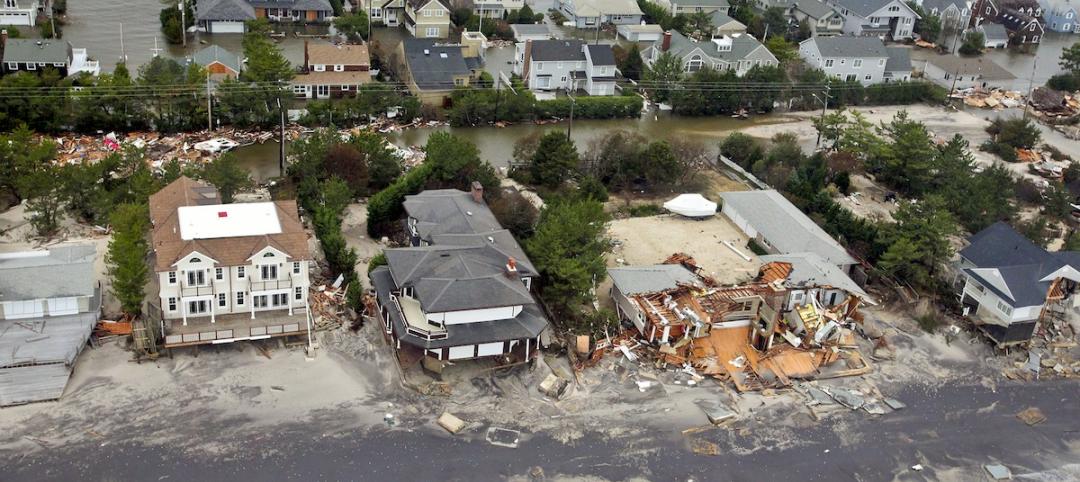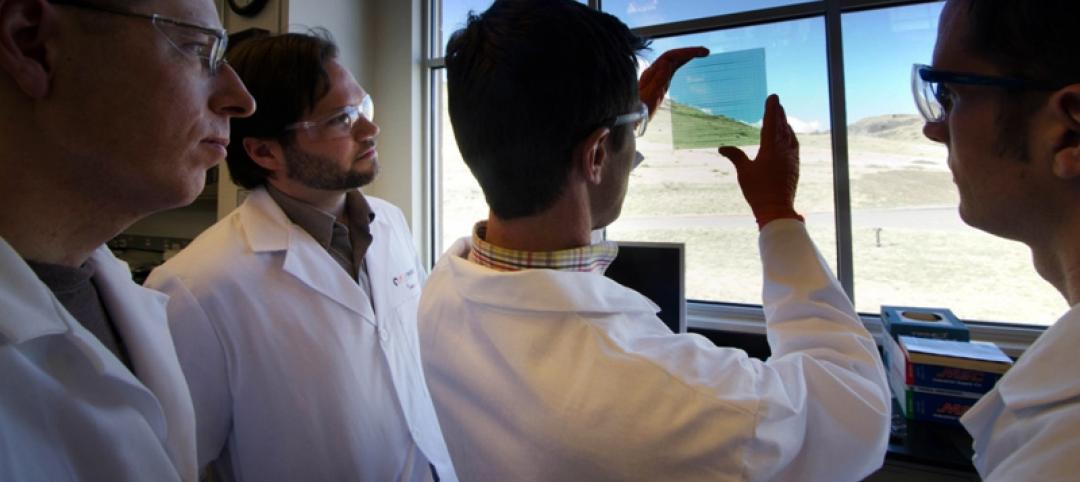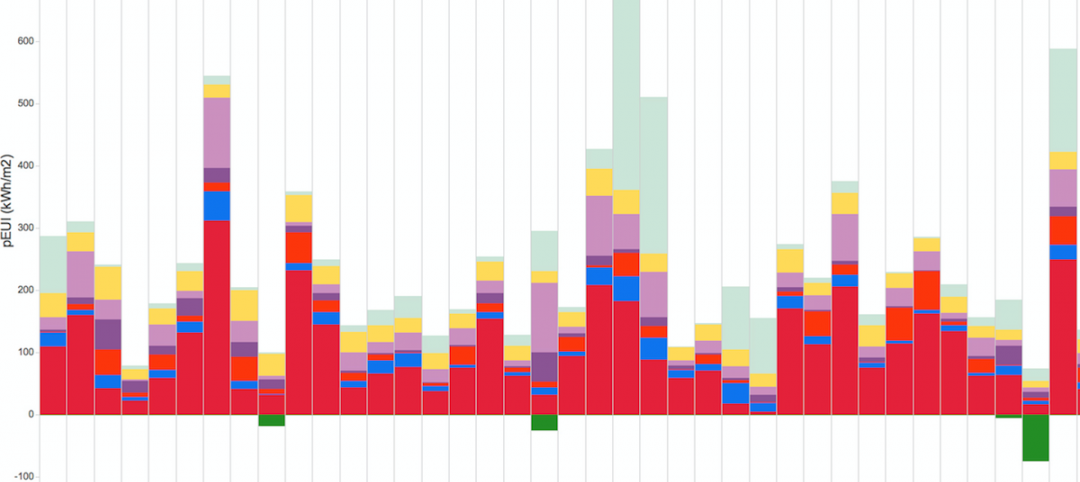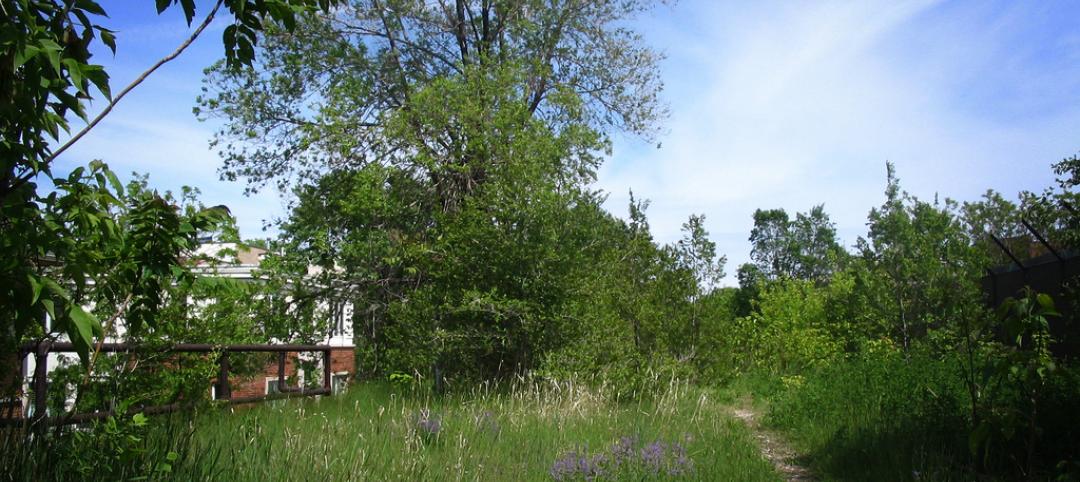The Architects Foundation released its first annual report on the National Resilience Initiative (NRI), a network of resilient design studios geared toward helping communities become more resilient to natural disasters and climate change.
The report, “In Flux: Community Design for Change, Chance and Opportunity,” was unveiled Monday at the Clinton Global Initiative’s (CGI) Annual meeting. It details the activities for the past year, including the work of the NRI’s three charter members: the New Jersey Institute of Technology's Center for Resilient Design; at the University of Arkansas Community Design Center at the Fay Jones School of Architecture; and Mississippi State University's Gulf Coast Community Design Studio, located in Biloxi, Mississippi.
The report provides a look at how architects work with communities through the National Resilience Design Network, in which the three charter members of the NRI offer architectural and building services to their respective communities.
Examples of project works outlined in case studies in the report include:
- Mississippi St. University has developed a Women in Construction center and addressed watershed planning issues.
- University of Arkansas designed local commerce and community safe rooms and proposed the development of an urban food production system.
- NJIT held a design workshop that examined how to strengthen a transit terminal and assessed the potential for using distributed power generation to increase energy-efficiency and reduce hazard vulnerability.
The NRI annual report also details how to identify policy impediments to enacting resilient design. The program envisions a resilience network, providing students and practicing architects information on how to make communities safer, stronger and more equitable.
Related Stories
Smart Buildings | Jun 28, 2015
Why does an American city of 400,000 feel more compact than a European city of 2.4 million?
HDR’s Jim Thomson brings home some insights from a recent trip to Paris.
BIM and Information Technology | Jun 23, 2015
A steel bridge in Amsterdam will be 3D printed
To complete the bridge, multi-axis industrial robots will be fitted with 3D printing tools and controlled using custom software that enables the robots to print metals, plastics, and combinations of materials.
Smart Buildings | Jun 16, 2015
Former Studebaker plant to become mixed-use tech hub in South Bend, Ind.
Once the nation’s fourth largest automobile manufacturer, employing as many as 23,000 people in South Bend, the Studebaker campus closed in 1963.
Smart Buildings | Jun 15, 2015
NIST releases guide for community resilience planning
The guide lays out a six-step process that starts with the formation of a resilience team drawn from the community and culminates with the development and implementation of resilience strategies that are updated regularly.
BIM and Information Technology | Jun 14, 2015
Deep data: How greater intelligence can lead to better buildings
The buzzword may be “Big Data,” but the reality is that Building Teams need to burrow deep into those huge datasets in the course of designing and building new facilities. Much of the information is free. You just need to dig for it.
Smart Buildings | Jun 11, 2015
Google launches company to improve city living
The search engine giant is yet again diversifying its products. Google has co-created a startup, called Sidewalk Labs, that will focus on “developing innovative technologies to improve cities.”
Green | Jun 8, 2015
Maryland tech firm is developing spray-on solar panels for windows
Made primarily out of hydrogen and carbon, the coating can turn see-through surfaces into solar panels.
Green | Jun 8, 2015
Diamond Schmitt Architects creates tool to compare energy use data across building types
The firm's new ecoMetrics tool allows for a comprehensive analysis of data from energy simulation models across a wide range of the company’s building types.
High-rise Construction | Jun 5, 2015
Japanese policymakers discuss mandate for toilets in elevators
This quirky-sounding building code is a safety measure for the earthquake-prone nation.
Cultural Facilities | Jun 5, 2015
Chicago’s 606 elevated park opens
The 2.7-mile stretch repurposes an abandoned elevated train track that snakes through Humboldt Park and Bucktown.




